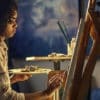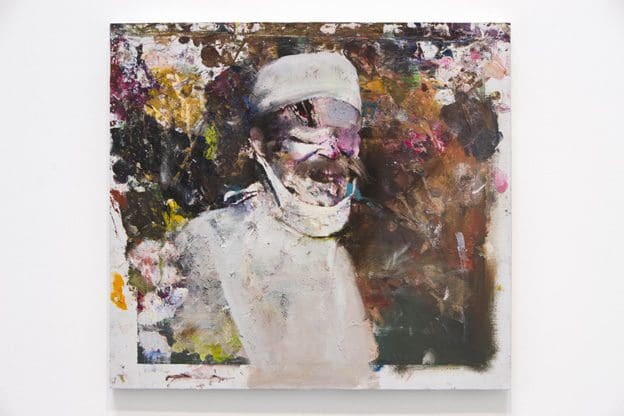What to expect in your first life drawing class – words Al Woods
Life Drawing, also called Figure Drawing, refers to drawing the form of a naked human. Life drawing has remained the cornerstone of training arts, but it’s popular with amateur and professional artists as well. The figure presents a lot of technical issues including form, foreshortening, structure, and many others. Life drawing is wonderful and allows artists to display most of their skill.
Figure Drawing teaches you eye-hand coordination, sharpens your observational capacity, and encourages relaxation skills. If you live in London and you are wondering whether you should go for the challenge, or you are considering taking London Life Drawing Classes, you’ve come to the right place for enlightenment. Here are a few things you should think about before you get started.
Attitude
With the taboos that nudity introduces in our society, it’s pretty natural to snicker at the thought of a person standing naked in front of you, and moreover in some incredibly interesting positions. However, once you have stopped flushing at the idea, ensure that you respect that the model, although naked, is human. There is certainly a lot of fun and enjoyment in Figure Drawing classes, and all you need to do is be sensitive to how hard these life models typically work: they get to a new place, have to stand or sit for ages, hold uncomfortable poses at times, and in draughty rooms.
Anxiety
On the flip side, the possibility of being confronted with a woman or man utterly naked can make you feel a bit apprehensive, but you can rest assured that life models are usually professionals. They are efficient and also know the suitable positions for more experienced students or beginners, and will be more focused on assisting you to focus.
Instruments
Many classes utilize a pencil, charcoal or chunky graphite. Pencils are usually considered the simplest, and incredibly good for beginners since they come in a wide range of tones. Regardless of the medium you use, what you draw in your life class is what you will get.
Angles
Even if you plan to use charcoal and chunks of graphite, it’s a good idea to use a pencil as your measuring tool. You can extend your hand and hold your pencil parallel both horizontally and vertically against the model you’re looking at, and mentally capture the angles their arms, legs, and spine are at. Your class may start with your model holding certain poses for short periods to assist you in familiarizing this level of attention.
Patience
The best thing about Figure Drawing is that in one class, you can notice a significant change in your perspective or your drawings. But just like any other thing, it takes some time to see big leaps of improvement. Therefore, you should be patient with yourself and also understand that nothing is perfect.
Many life drawing classes often include group discussions, with everybody turning their easels in to look at how every student captured the same pose. That can be very challenging for beginners. Always remember that every professional artist was a beginner at some point and that you can learn from the mistakes of each other. Besides, even the work of a beginner has lots of wonderful qualities that other people can enjoy, as well. Just try your best to give constructive thoughts about the work of other students.












